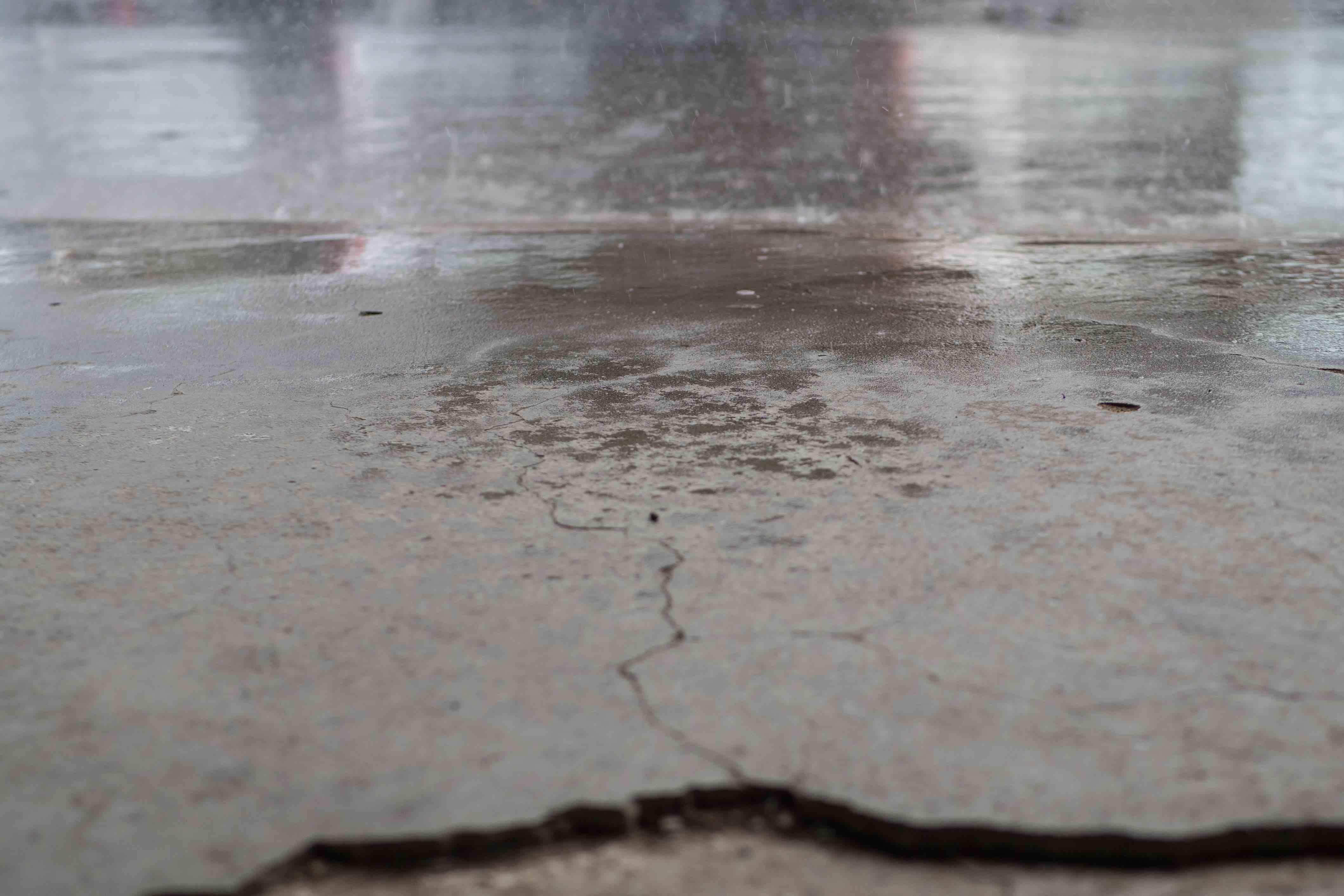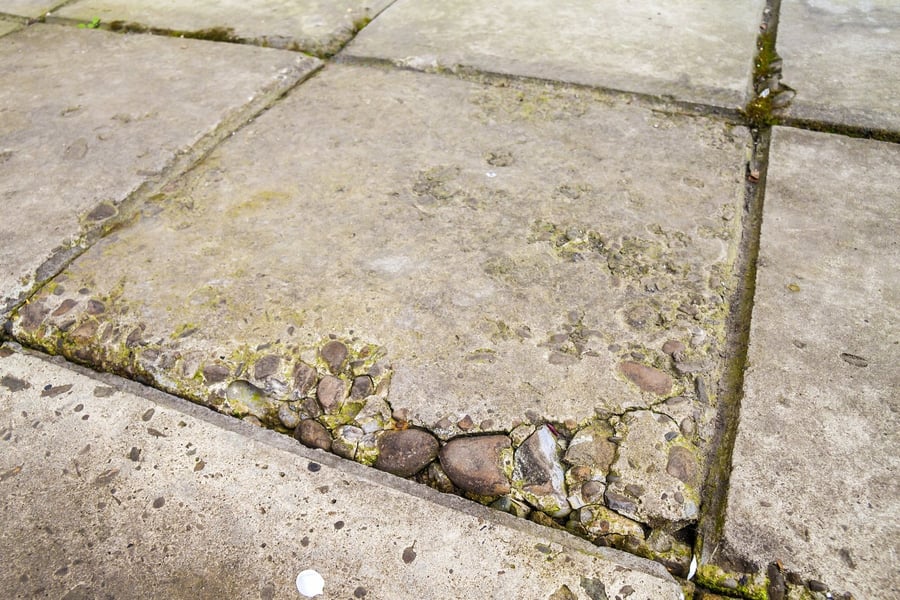When Are Moisture Meters Useful for Concrete Testing?

There is no such thing as a concrete moisture meter. Because the physical properties of concrete can vary so much from one batch of concrete mix to the next (even when both batches are made by the same company), there is no way to create a universal standard for testing moisture in concrete using electrical resistance or electromagnetic radio waves. Instead, the best way to get accurate readings of concrete moisture is to use a thermo-hygrometer with in-situ probes, as per the ASTM F-2170 concrete testing standard.
However, while ASTM F-2170 is the best way to measure moisture in concrete, there are uses for moisture meters when checking concrete. When are moisture meters useful for concrete moisture testing?
Here are a few examples:
Seeing Whether ASTM F-2170 Testing is Necessary for Established Concrete Slabs
.jpg?width=198&name=Tcheck%20inside%20concrete%20(small).jpg) There are times where the full-on ASTM testing method might not be strictly necessary, such as when testing a years-old concrete slab as part of a home inspection. Odds are, in this case, that the concrete has long since released any excess moisture that it might have once held.
There are times where the full-on ASTM testing method might not be strictly necessary, such as when testing a years-old concrete slab as part of a home inspection. Odds are, in this case, that the concrete has long since released any excess moisture that it might have once held.
However, there is a chance that the concrete may have been exposed to a minor (or major) flood event that you don’t know about. If this is the case, then there may be some excess moisture near the surface of the slab that can be easily detected with a moisture meter.
Here, using a pinless moisture meter to test for moisture in concrete can be a fast way to get a simple wet/dry indication. Simply set the meter to its reference scale mode, test a bit of “dry” concrete, and compare the dry measurement to the rest of the slab. If the reference reading is the same or close, then the concrete is probably dry. If it is significantly higher, then the concrete is probably wet and needs further ASTM F-2170 standard-compliant testing.
When You Only Need a Surface-Level Reading of Moisture in Concrete
In some cases, you may only need a surface-level reading of moisture in concrete. For example, say you’re getting ready to apply a sealant to an old bit of concrete flooring. Here, you’d only need to know if the surface of the concrete is too wet to apply the sealant.
By using a pin or pinless moisture meter to test the concrete, you could detect whether the moisture content of the concrete was too high for the sealant.
To Back Up Calcium Chloride Test Results
One common method of measuring moisture in concrete is to use a calcium chloride solution test as per the ASTM F-1869 standard. This moisture vapor test can be used to get an estimate of the moisture in concrete near the surface. Using a moisture meter in its reference scale mode can help provide an independent verification of the calcium chloride test’s results.
If the ASTM F-1869 test would be sufficient on its own, then the concrete moisture meter test should be enough to verify and support its results.
When You Need a Fast Indication of Surface Moisture in Concrete
One advantage of using a pinless moisture meter for concrete moisture testing is that it can provide near-instant results. With a pinless moisture meter, you can push the meter against a concrete floor and have a qualitative assessment of the moisture content of the concrete in mere seconds.
This can be used to check large sections of concrete flooring in a short amount of time as you lift the pinless meter and place it down in a new spot (never drag the meter across the concrete, as this action can damage the scanning plate).
Using this method can take a fraction of the time other concrete moisture testing methods require, helping to save a bit of time when more extensive testing isn’t required.
Need help finding the right moisture meters to use for concrete? Contact the experts at Delmhorst Instrument Co. to discuss your moisture testing needs today.
Subscribe to Our Blog
Post Related

10 Tips On How to Accurately Measure Moisture in Concrete Buildings


